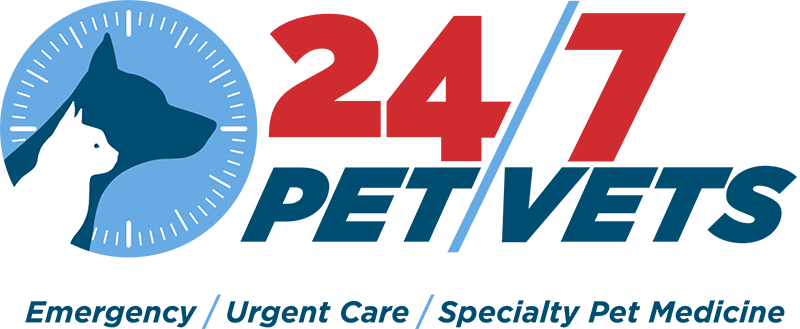Exploring Risks: Diseases Transmissible from Pets to Humans
Did you know that certain illnesses can be passed from pets to people? Protect yourself and your loved ones by understanding the risks and staying proactive with preventive care for your pet.
How can pets transmit diseases to humans?
Pets can transmit germs through:
Direct contact – Contact with infected bodily fluids like saliva, blood, urine, or feces can lead to disease transmission. Even a simple lick or cleaning up after your pet can put you at risk.
Indirect contact – Coming into contact with objects or surfaces contaminated by an infected pet, such as a litter box or a sandbox, can spread diseases like roundworm infection.
Vectors – Parasites like ticks and fleas can latch onto your pet and then transfer disease to humans.
Food – Consuming undercooked meat, eggs, or contaminated fruits and vegetables can lead to foodborne illnesses caused by pet-related bacteria.
Water – Drinking or being exposed to water contaminated with pet waste can result in diseases like giardia or leptospirosis.
What diseases can be transmitted from pets?
Pets can transmit various diseases to humans, including:
- Bacterial infections (leptospirosis, salmonella, E. coli, tick-borne diseases, cat scratch disease)
- Viral infections (rabies)
- Fungal infections (ringworm)
- Intestinal parasites (roundworms, hookworms, tapeworms, giardia, toxoplasma)
- External parasites (scabies, fleas, ticks)
This is not an exhaustive list, emphasizing the importance of practicing good hygiene when handling your pet, cleaning up after them, and maintaining their belongings to minimize the risk of disease transmission.
To safeguard the health of your entire household, both human and furry members, schedule regular preventive care visits for your pet.

